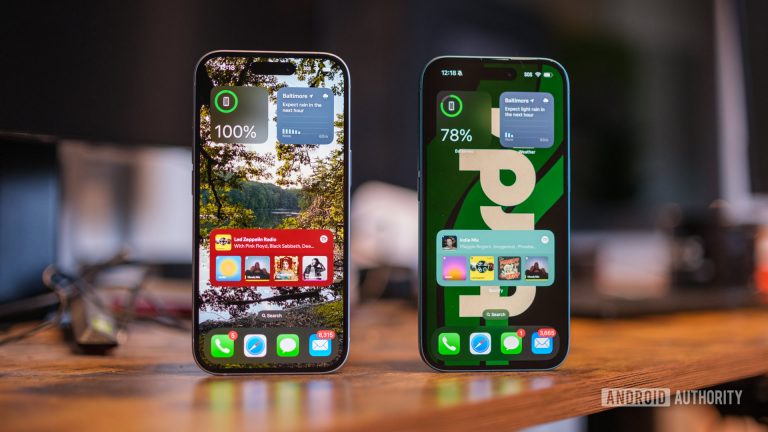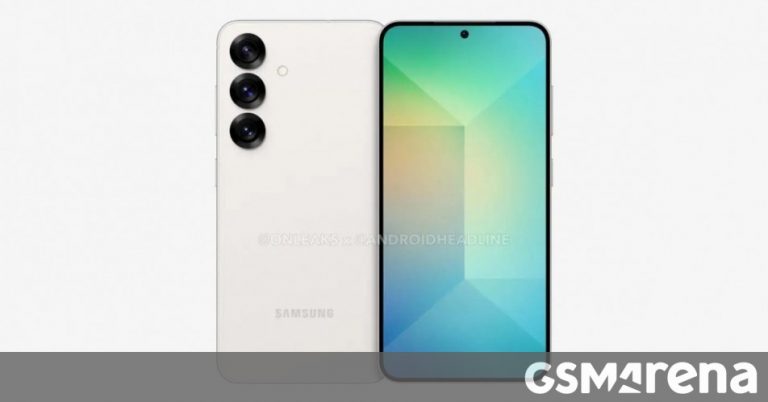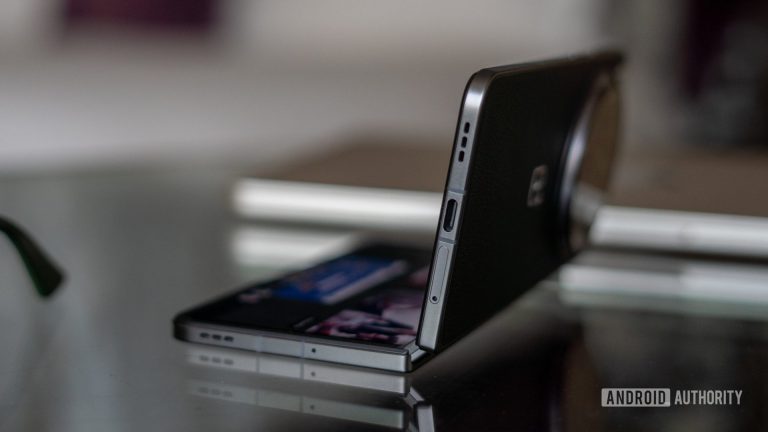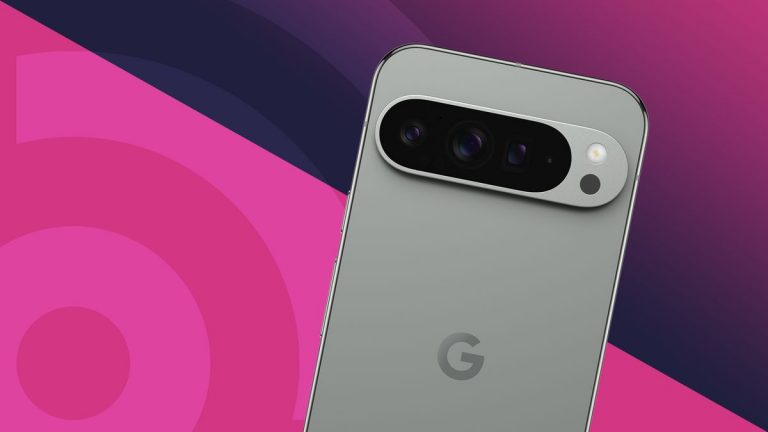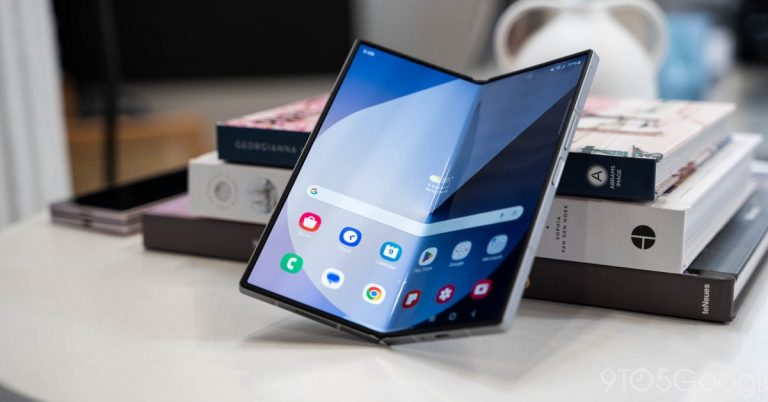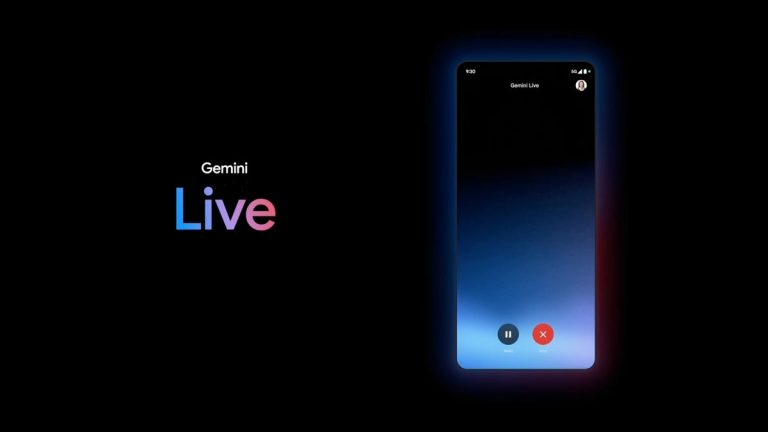Huawei’s new clamshell foldable is not ready for international audiences yet
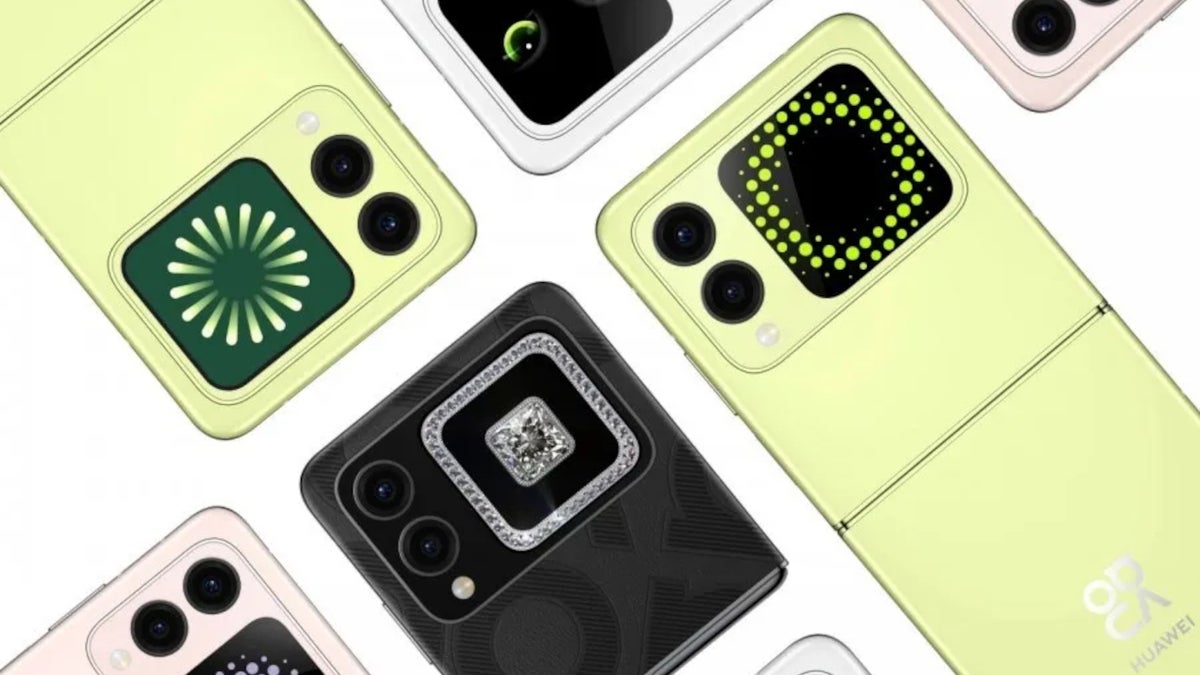
Last week, the Chinese giant introduced one of the thinnest flip phones on the market. Under normal circumstances, this would have been very exciting for tech-savvy and fans of the brand, but we’re living in troubled times.
Nowadays, Huawei’s “world” is only a fraction of what it used to be before the US said it won’t allow the use of its Android OS on the company’s devices. Many of the phones Huawei launches are brought to other markets like Europe, but never to the US.
Sadly, the more sophisticated ones like the Nova Flip are unlikely to be released outside of China. Although its predecessor, the P50 Pocket was launched both in Europe and China, chances are very slim that we’ll be seeing the Nova Flip introduced in other countries.
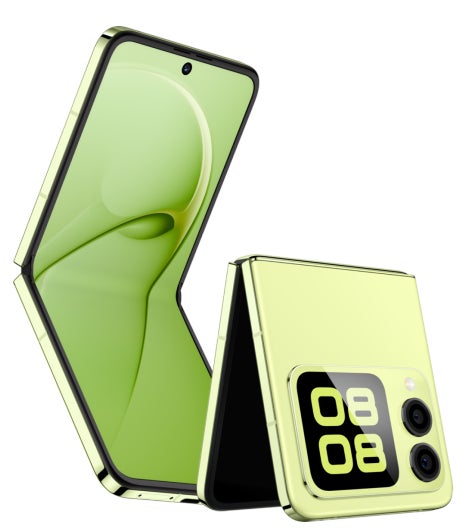
Huawei Nova Flip | Image credits: Huawei
The fact that it took Huawei nearly 3 years to launch another clamshell foldable is a sign of the really rough times the company went through. The Nova Flip could mark the rebirth of the company’s smartphone business, which was crippled by repeated rounds of US sanctions since 2019.The clamshell foldable introduced last week is a really interesting device that deserves a lot more exposure, something that’s unlikely to get if it will remain exclusively available in China. Granted, the Chinese market is one of the biggest, there’s an entire rest of the world that won’t have access to it.
Huawei Nova Flip at a glance:
- Unfolded: 169.8 x 75.4 x 6.9 mm
- Folded: 87.6 x 75.4 x 15.1 mm
- Weight: 195 g or 199 g (6.88 oz)
- Main screen: 6.94 inches, 1136 x 2690 pixels, LTPO OLED, 120Hz
- Cover display: 2.14 inches, 480 x 480 pixels, LTPO OLED, 120Hz
- Chipset: Huawei Kirin 8000
- Storage: 256GB, 512GB, 1TB
- Main Camera: Dual 50 MP, f/1.9, 23mm (wide), 1/1.59-inch, OIS
- Selfie camera: 32 MP, f/2.2, 90˚ (wide)
- Battery: 4400 mAh
- Charging 66W wired, 100% in 40 min (advertised), 5W reverse charging
- Software: HarmonyOS 4.2
- Price: $745
While Huawei’s first clamshell foldable, the P50 Pocket focused more on being a fashionable smartphone, the Nova Flip features a more traditional design. At first glance, Huawei’s new device checks all the right boxes, but there are a couple of drawbacks that might make it a lot less appealing in markets other than China (if Huawei decides to make it so).
Lack of Google services is a major problem for global customers
Obviously, the main issue is the lack of Google services. That alone could spell doom for the Nova Flip in markets other than China. But if we add to that the fact that Huawei’s proprietary ecosystem, HarmonyOS, hasn’t matured yet, it’s pretty clear that the Nova Flip will have a big problem competing with similar foldables from other brands.
Although Huawei hasn’t yet confirmed the processor powering the Nova Flip, rumor has it the foldable uses the company’s proprietary Kirin 8000 chipset. This has been specifically designed for mid-range devices, but that’s certainly not the issue.
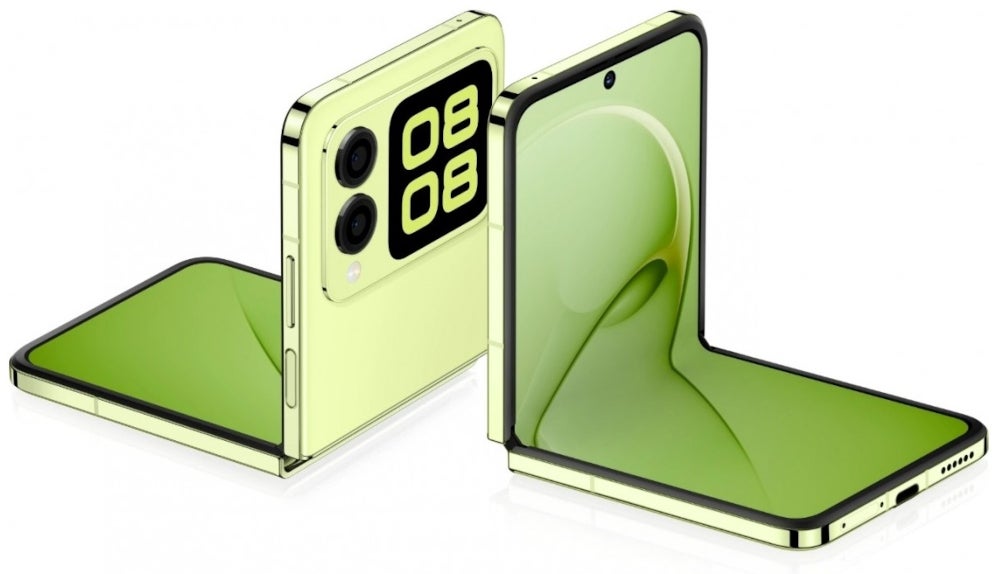

Huawei Nova Flip | Image credits: Huawei
Chinese customers won’t have any issue choosing a device equipped with a Kirin chipset over one powered by a Qualcomm chipsets. However, European customers have very different tastes, and while some might not be so picky, the Kirin vs. Snapdragon controversy will definitely hurt the Nova Flip sales.I believe Huawei is aware of these issues and probably has already decided whether or not the Nova Flip will be coming to other markets just like its predecessor, the P50 Pocket.
Even though the company’s profit increased by an astonishing 564% in the first quarter of 2024, we don’t know how well the smartphone business performed. Huawei’s revenue growth mostly comes from new businesses like smart car components, but the company gained a lot of smartphone market share in its home country too, especially after Apple’s share fell under 16 percent from nearly 20 percent last year.
HarmonyOS NEXT could make Huawei devices much more appealing outside China
Huawei’s Nova Flip feels like a well-thought-out device, but the US sanctions certainly prevent it from shining. On the bright side, Huawei’s HarmonyOS NEXT beta, the company’s Google-less OS, is expected to arrive very soon and I believe it will address many of the issues that derive from its devices lacking Google services.
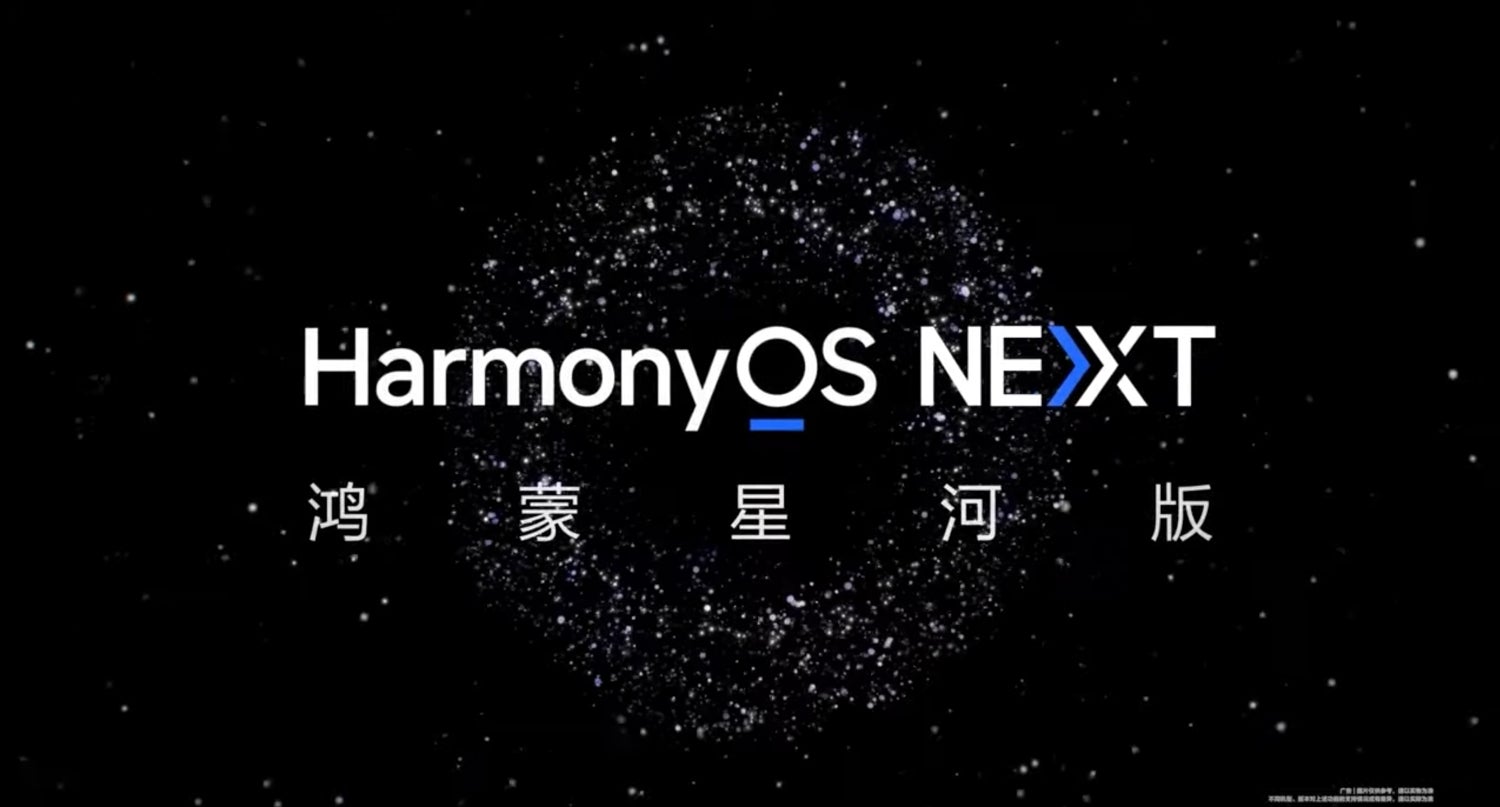

HarmonyOS NEXT logo | Image credits: Huawei
Of course, you’ll have to accept the risks of using Huawei’s proprietary technology, which will fully replace Google’s, but it’s not like the other side isn’t just as guilty of preying on customers’ private data.
The Nova Flip, along with any other interesting Huawei phones/tablets, deserve to be exposed to a wider audience. Ironically, more often than not they’re the better devices.
Source: www.phonearena.com

